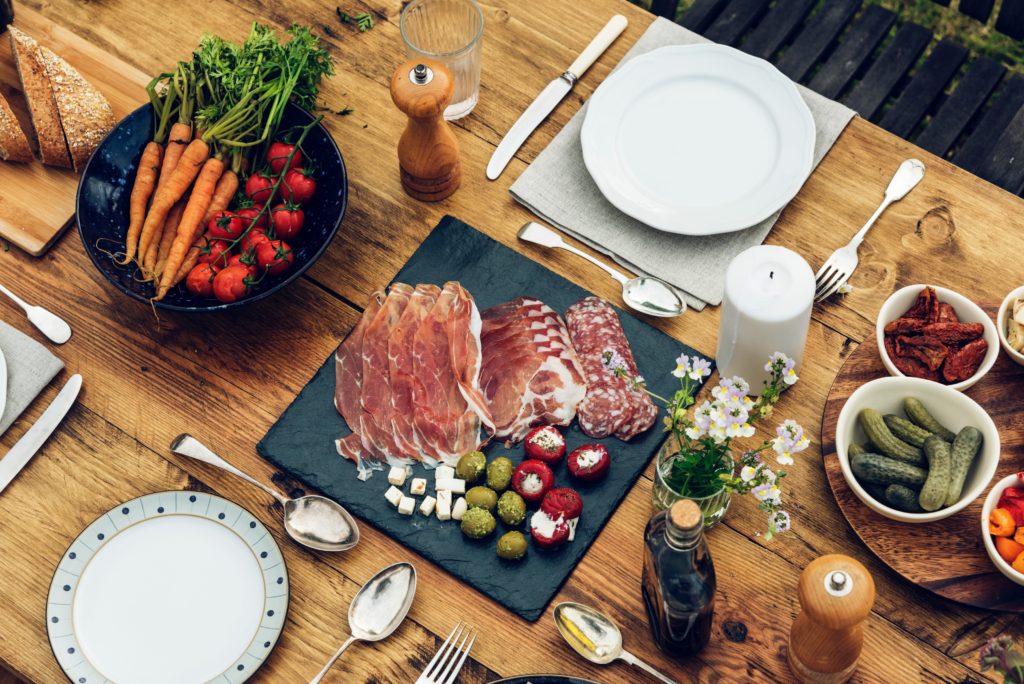The most useful tip for choosing the best wines to cook with is to never select one you wouldn’t put in your glass. If you wouldn’t drink it, then don’t cook with it!
Wine is pretty much indispensable when it comes to cooking. It adds depth and richness to dishes that can’t be achieved using stock or water. Bad wine gets worse in the pan and could spoil your dish, so be selective and don’t stick with those labelled ‘cooking wine’.
Decent quality wines
Most decent quality wines will work for cooking, but there are things you must avoid. While some dishes will specify a sweet wine, for example, it doesn’t suit most recipes. Those wines labelled cooking wines are usually imbalanced. This is because they concentrate the sugars within the wine, which makes reds taste thick and jammy and whites syrupy.
Avoid wines that are heavily oaked, as this can turn into bitterness when cooked. Wines that are very full-bodied threaten to overwhelm a dish as they reduce in the heat of cooking. You should instead opt for wines with a sharp acid, as this provides a counterbalance to any rich, deep flavours in the food.
White wines for cooking
Good white wines for cooking include Pinot Grigio, Grillo, Sauvignon Blanc, Muscadet and Albarino. Those that should be avoided include Gewurztraminer, Semillon, Marsanne and Viognier.
Try Stemmari 2917 Grillo (Sicilia), with its fresh and fragrant flavour profile that includes tropical fruit and white wild flower. A salinity adds something to its lemon and grapefruit taste. A Californian Sauvignon Blanc from Woodbridge by Robert Mondavi is also a great choice for a cooking wine. It’s full of spice, with herby flavours encapsulated in a light, crisp dry white. Fennel bulb and hints fo lemon gives this a delicious twist, and it adds tang to a rich dish.
Red wines for cooking
Pinot Noir is a good all-rounder as a cooking wine. This is due to its ability to provide structure, freshness and balance to a dish. It has a pleasing richness, but never feels too heavy. As well as Pinot Noir, you could try a Chianti, selected Cabernet Sauvignon wines or Barbera. These have high acidity and the fresher styles of Cabernet Sauvignon give a deep, oaky flavour to a dish.
Among those best to avoid when it comes to creating the ideal dish are Grenache, Zinfandel, Grenache and Beaujolais Nouveau. This is because their hard-hitting berry flavours often transform into too much sweetness when cooked. If you don’t have a corresponding acidity in the dish to balance out this sweetness, it could knock the balance off.
Rosé wines for cooking
You won’t find too many recipes that specifically ask for a rosé, but you could substitute it for whites. It will add more wine and fruity flavours to your dish. If you want to substitute for red, you could try Tavel, which is the only rosé that would hold up to the deeper flavours.
Seek out dry rosés from France, Portugal and the West Coast of the US. Their crispness and mineral salinity work beautifully for cooking and drinking.








